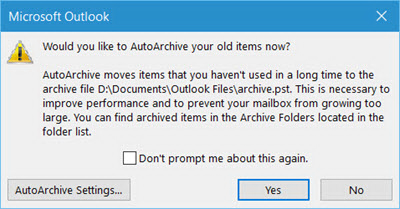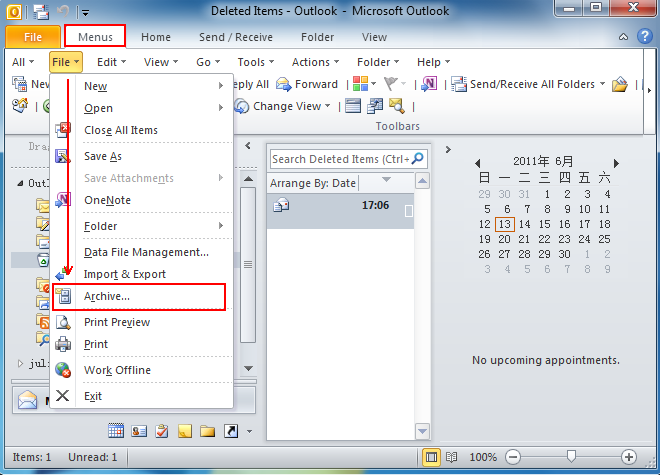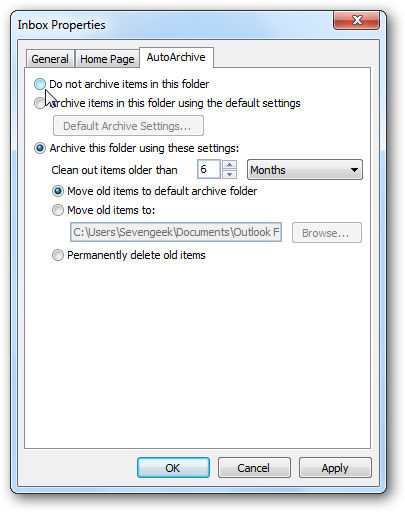

How do you prevent items in a default folder from being archived? This rules out using the disabled RPT approach to prevent items from being moved.

You can't create a RPT with the 'Move to archive' action. When it comes to archiving, there's only one archive policy that administrators can enforce – the DPT with 'Move to archive' action.If you create a disabled RPT for the Notes folder to not delete items, the archive DPT for the mailbox would still apply and move items.Mailbox folders and messages can have both types of tags applied - an archive tag and a delete tag. The move and delete actions are exclusive of each other.A retention policy can have a DPT to archive items (using the Move to Archive retention action) and a DPT to delete items (using the Delete and Allow Recovery or Permanently Delete retention actions).If you create a disabled RPT for the Notes folder, you'll see items in that folder are not deleted, but they do continue to be moved to the archive! Why does this happen? How do you prevent it? Why are items in the Notes folder still archived? Note: You can create a disabled RPTfor any supported default folder. Since the item/folder still has a tag, it's not considered untagged and the DPT isn't applied to it.įigure 1: Create a disabled Retention Policy Tag for the Notes default folder to prevent the Default Policy Tag from being applied to items in that folder The Managed Folder Assistant, a mailbox assistant that processes mailbox items and applies retention policies, does not apply the retention action of a disabled tag. To prevent the DPT from being applied to a default folder, you can create a disabled RPT for that folder (or disable any existing RPT for that folder). In existing deployments, your users may not be used to their notes being moved or deleted.
#How to show archive folder in outlook 2010 upgrade
After you upgrade to SP1, if the user's retention policy doesn't have a RPT for the Notes folder, the DPT from the user's policy will apply to items in that folder. In Exchange 2010 RTM, items in the Notes folder aren't processed. In Exchange 2010 SP1, we added support for the Notes folder. To deploy retention tags, you add them to a retention policy and apply the policy to mailbox users. They're surfaced in Outlook 2010 and OWA as Retention policies and Archive policies. Personal tags can either be delete tags or archive tags.

You can create three types of DPTs: an archive DPT, a delete DPT and a DPT for voicemail messages.

In Exchange 2010, you can use Retention Policies to manage message retention.


 0 kommentar(er)
0 kommentar(er)
